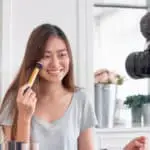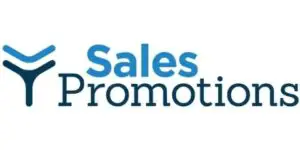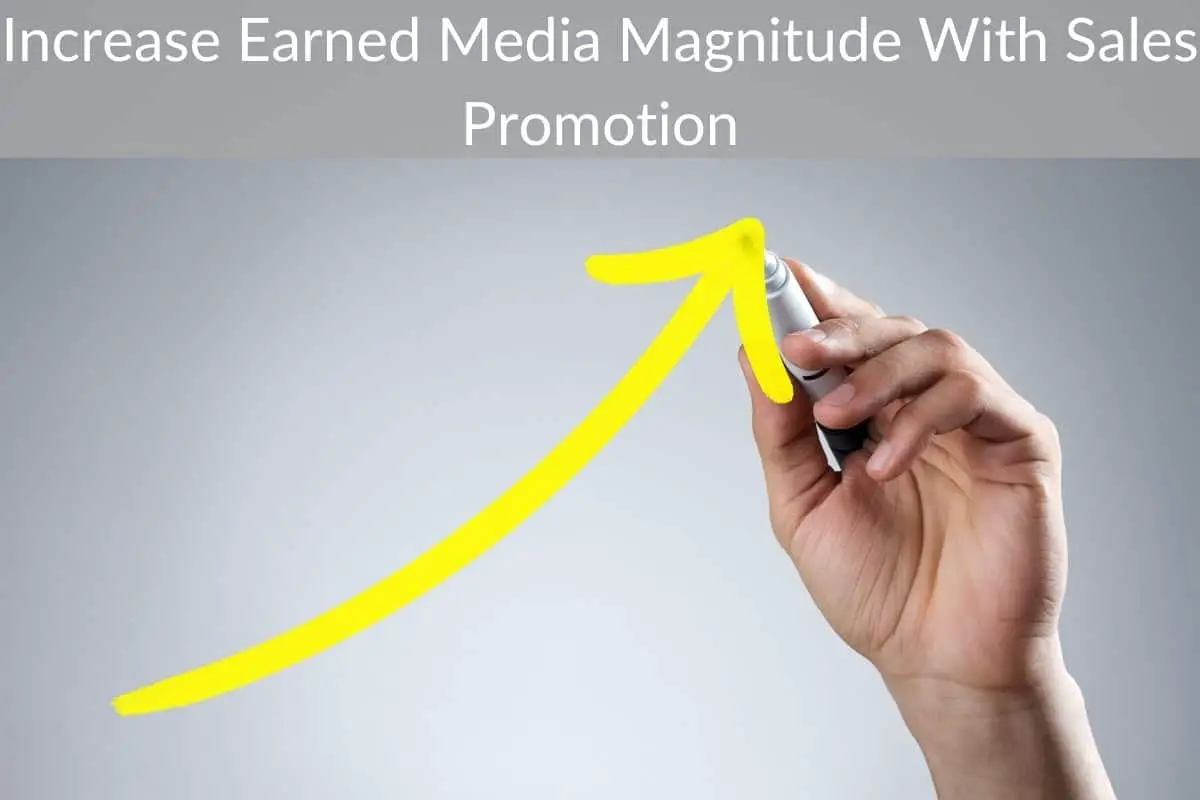Table of Contents
*This post may contain affiliate links. As an Amazon Associate we earn from qualifying purchases.
Free Media Is Yours For The Taking
Increase your earned media magnitude by overlaying a schedule of sales promotional techniques mixed into your earned media promotion plan.

The standard way to generate earned media results is to use traditional marketing promotions, such as press releases, research studies and white papers for example. These techniques are delivered to your target through social media recommendations, online reviews, shares, influencers and partnerships.
Exciting news about your brand should create online buzz and drive traffic to your site. However, you just may need just a little something extra to kick your strategy into high-gear.
Here are details about today’s new media and how to drive prospects to your online platform.
Defining the Drivers of Earned Media
In the online media world there are three distinct types of media:
- Owned Media
- Paid Media
- Earned Media.
Owned media – is the content that you create about your business or cause. It’s the content about your brand that you feature on your website. Similarly, it can also be the content featured to on your blog and/or social media account.
Leads driven to your owned media are pushed there to do something. That something may be to learn more, make a purchase, or sign-up.
Paid media – is a method used to promote your owned media. It the act of paying to drive consumers to your website, blog or social media account.
There are many options when choosing paid media. One form of paid media is to identify an Influencer and pay for their endorsement of your product to their followers.
Another form of paid media is to work with online platforms to push your post out to a highly targeted list of online viewers. Platforms such as Instagram, Twitter, FaceBook, LinkedIn and Pinterest all offer this paid media option.
Earned media – refers to the ‘free media you earn through recommendations or free mentions. What is earned media: it’s the word-of-mouth you are able to generate for your brand.
Generally, a combination of paid media and earned media helps build awareness and drive traffic to your owned media content.
Other forms of media, such as print, TV ads, etc. can also effectively drive traffic to your owned media. For this discussion, I will focus on online drivers to build brand awareness and increased visits to your online platform.
Earned Media Requires Building Trust
Earned media is created through other sources referring to your product, service or owned media/website. Examples of earned media are: getting influencers to promote your business, increasing social shares by their followers, receiving positive brand reviews, and being mentioned in the press.
The currency of earned media is trust.
To illustrate this, I refer to a study by Market Force, a leader in customer intelligence solutions. They surveyed 12,000 people in the UK and the US. The study indicated that a whopping 81 percent of US survey respondents stated that social media posts from friends directly influenced their purchase decision.

Along the same lines, 60 percent of people surveyed in a study by eMarketer indicated that they rely on blogger recommendations when making a purchase decision.
So it’s been pretty much established that building trust through digital word-of-mouth has become an important media strategy for creating brand awareness and driving sales.
Comparing the two above survey groups, there is a twenty percent difference in the action taken by friend recommendations vs. the recommendations of bloggers. Surely earned media derived from the recommendations of friends is the most effective. It is also the hardest to generate.
Enhance Awareness Using Paid Media
Relying on satisfied customers to spread the word about your brand takes time. To replicate the trust factor and expand the friend effect exponentially, the paid influencer has become a movement.
It is estimated that the influencer market on Instagram alone will deliver 24 million brand sponsored influencer posts in 2018. These posts are expected to create an estimated market size of $1.7 Billion.
These influencers have found a way to use their passion for fashion, cooking, sports or any number of interests to make money by recommending or endorsing a product.
While consumers may be leery about a recommendation from a paid endorser vs. a friend, this channel has become an excellent technique for creating brand awareness among a highly targeted audience. It can also the be the force that gets the friend referral process going.
Many Categories Of Influence
We have all heard stories about Celebrity Influencers and the huge number of followers they have. Their celebrity status and following also come with big fees.

However, there are many different types of influencers that use similar strategies. These influencers have a highly targeted following that may be more suited to your market and budget.
Other influencer categories are Authority Influencers, PR Influencers, Nano-Influencers, and Micro-Influencers
All the influencers within these categories offer their endorsement for a fee. The difference is fees may range from thousands of dollar to free product samples, depending on the size type of audience they reach.
Macro Moves To Micro Strategies
The smaller nano-influencer and micro-influencer are defined as an average person with dedicated followers ranging from 2,000 + for nano, to tens of thousands for micro. Their smaller group of followers often have a close relationship with the influencer, which delivers a higher trust factor.
The micro-influencer and nano-influencer will often spread the word about products they already use and love. Many times they will share their opinion for trade, such as a supply of free product samples vs. cash. Or a combination of both.
This is where the intersection of sales promotion and earned media crosses-over. Product sampling, a popular promotional technique, is used to remunerate the influencer as well as have them share their experience with their followers.
Drive Traffic To Your Front Door
1. Develop A Content Plan
Your owned media is the landing page that delivers value to consumers. All leads generated from paid and earned media efforts will push people to your owned media platform. When they arrive they will expect something of value. This value may be product information and purchase options, an educational resource or something that the target market was promised.
2. Create A Promotional Calendar
The objective is to use promotions to consistently share your content and pull consumers in by actively seeking out information about your brand. The calendar should include a combination of marketing promotions and sales promotions.
For example, a series of press releases about your product, white papers, and market research reports should be scheduled throughout the year.
Overlaying content based promotional material with sales promotions techniques will capture attention, increase brand awareness and motivate action.
3. Build Relationships
Cultivating influencers in both the paid and earned media space is important. Do this by reaching out to see what they have in common with your brand or product attributes.
Identify the brand attributes you wish to focus on and research the potential partners that share similar attributes with their social media audience.
Prepare a presentation about how your product will enhance their online presence. Develop the promotional content you want them to work from in their endorsement.
Don’t neglect to prepare a pay structure and a contract
4. Sales Promotion Creates Traffic
Product Sampling
Providing product samples and key talking points to an influencer can serve many purposes. The influencer can experience the product and share their take on it. They can recommend the product. Or, better yet, they may use the product in a video for their followers to vicariously experience it.

A supply of product can be used as payment for the micro or nano influencer. If they are so inclined to gift product to their followers you get the benefit of product trial without the hassle of shipping and handling.
Developing a promo code for a trial product sample, that the influencer delivers to their list, will drive customers to your owned media.
Driving influencer created prospects to your owned media will give you the opportunity to build your database.
The sample product does not necessarily have to be free. It may be a BYGO offer or a reduced price trial offer for a product that you already have the shipping process set up for.
Coupon and Discounts
Researching information about a brand is the top reason consumers visit owned media platforms. Identifying a coupon or discount program is the second reason they visit.
A similar strategy to product sampling is offering a promo code or discount coupon for the influencer to share. Again, the benefit to you is that you can further develop your audience while driving product trial and sales.
Sweepstakes
Sweepstakes grab the reader’s attention. With so many messages flying through social media, testing a sweepstakes overlay to motivate consumers to visit your owned media is a good idea.
The good news in sweepstakes research is that 64 percent of consumers would rather win something that makes their life easier vs. something that makes them feel special. Smaller prizes that are aligned with your target audiences’ needs will generate action. Consumers quickly evaluate the odds of winning before they take the time to enter. Smaller prizes can stretch your prize budget and get more consumers participating.
Gaining attention and driving traffic to your owned media is the primary strategy. Promoting your brand by associating the prize structure with your brand attributes and consumer wants and needs are the tactics to get there. Creating a database from entries is the objective.
Contest
A contest that requires a skill can be very effective in getting the attention of a highly targeted audience. The skill may range from something as simple as a trivia contest to a more complex photo contest, and everything in between. The beauty of a good contest is that consumers like to share the opportunity with their peers.
An example of a contest gone viral is the HQ Trivia app. The app features a daily trivia contest that is run more like a game show than a trivia contest. Users get the opportunity to participate two times per day and the action is fast and furious. The success of this contest is based on two elements. The excitement of winning and engagement with others.
Getting noticed and remembered is often the greatest challenge marketers face when using social media as the new marketing funnel. If done right, engaging prospects with a sales promotion offer will create a sense of urgency that motivates them to action.

